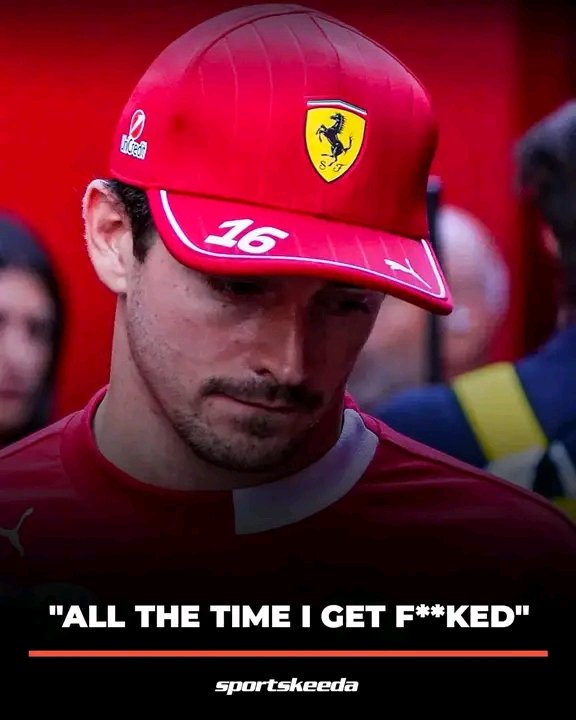Charles Leclerc, the Monegasque Formula 1 driver, expressed disappointment over the strategic timing of the safety car deployment during the Imola Grand Prix, a race that ultimately proved pivotal in hindering his championship aspirations. The unexpected intervention, coinciding with a crucial period in the race, inadvertently cost him valuable track time and a chance for a more decisive outcome. While Leclerc’s team, Ferrari, strategized effectively to maintain a strong position before the safety car, the brief period of neutralisation proved to be the catalyst for a ripple effect that altered the race’s trajectory, ultimately leaving Leclerc and his squad frustrated. The incident highlights the unpredictable nature of Formula 1, where even minor events can significantly influence the ultimate outcome of a race.
The safety car period occurred during a key phase of the Imola Grand Prix, when Leclerc was actively pursuing a position that would secure a more substantial lead. Teams and drivers alike are aware of the crucial nature of the race’s final stages, where a single strategic move can dramatically reshape the overall standings. The timing of the safety car deployment, therefore, played a key role in reducing Leclerc’s tactical options, particularly given the tightly contested nature of the race. Reports suggest that the intervention came at a point where Leclerc was gaining ground on leading contenders, effectively halting his progress and allowing rivals to close the gap. This, combined with the subsequent restart, created a period of uncertainty and forced Leclerc into a reactive rather than proactive strategy.
Leclerc, known for his calculated approach and rapid decision-making, voiced his frustration in post-race interviews. He expressed concerns about the perceived lack of anticipation surrounding the safety car deployment, suggesting the intervention could have been handled differently to minimise its impact on his race performance. These sentiments were echoed by members of the Ferrari team, who appeared to be caught off guard by the timing of the incident. The post-race analysis highlighted a lack of clear communication between the race management and the drivers, creating a sense of disorientation and uncertainty during a sensitive stage of the race. The perceived inconsistencies seemed to impact the overall efficacy of Ferrari’s race strategy.
Beyond the immediate frustration, the Imola Grand Prix incident serves as a stark reminder of the variables impacting the championship chase. While Leclerc had demonstrated tactical prowess throughout the race, the unexpected safety car deployment introduced an element of unpredictability that he and his team struggled to overcome. This reinforces the volatility of Formula 1 racing, where drivers are constantly forced to adapt to unanticipated situations and where a seemingly minor disruption can become a decisive factor. The overall consequence of the safety car deployment was a significant setback for Leclerc’s performance, casting a shadow over his chances of securing a victory.
While the broader context of the Imola GP remains, the immediate impact of the safety car timing on Leclerc’s race trajectory underscores the crucial importance of managing such unexpected interventions in high-stakes races. The incident is not only significant for Leclerc’s personal performance but also for the wider understanding of strategy and risk management in Formula 1. It serves as a cautionary tale, prompting discussions about the need for improved anticipation and responsiveness to such occurrences, highlighting the delicate dance between driver performance, team strategy, and the unpredictable nature of racing.
